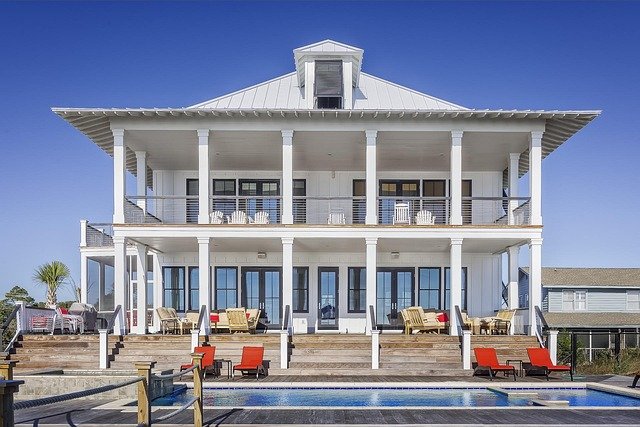Capitalizing on the Rising Popularity of Tiny Homes in the Real Estate Market
As the real estate landscape continues to evolve, one trend that has rapidly gained traction is the rise of tiny homes. This shift towards smaller, more sustainable living spaces offers intriguing possibilities for buyers, sellers, and investors alike. This article will delve into the background of this trend, its current implications, and the financial insights you need to make informed decisions regarding tiny homes.

The Emergence of Tiny Homes: A Historical Perspective
The tiny home movement traces its roots back to the 1970s when the trend towards simpler, more sustainable living gained momentum. However, it was not until the 2008 financial crisis that the movement truly took off. As the economy faltered and housing prices soared, people sought affordable alternatives, leading to an upsurge in interest in tiny homes.
Current Market Dynamics: Riding the Wave of Popularity
Fast forward to today, and tiny homes are far from a fringe phenomenon. They have captured the imagination of a broad demographic range, from millennials seeking a debt-free lifestyle to retirees looking to downsize. This widespread appeal has led to a steady increase in demand, making tiny homes a potential gold mine for savvy real estate investors.
Investment Considerations: The Pros and Cons
As with any investment opportunity, there are potential rewards and risks associated with tiny homes. On the positive side, the lower upfront costs, growing demand, and potential for high rental yields are attractive. However, challenges include restrictive zoning laws, limited financing options, and a relatively narrow buyer market.
The Impact of Tiny Homes on the Real Estate Landscape
The rise of tiny homes is impacting the real estate market in several ways. For one, it is pushing municipalities to rethink zoning laws, which could lead to opportunities for development. It is also prompting a shift towards more sustainable and efficient construction methods, which could have far-reaching implications for the industry.
Navigating the Future: What Lies Ahead for Tiny Homes
Forecasting the future of tiny homes involves a degree of speculation. However, current trends suggest that they will continue to grow in popularity, particularly as affordable housing becomes an increasingly pressing issue. As a result, those who can navigate the challenges and capitalize on the opportunities this trend presents may find themselves at the forefront of a potentially lucrative niche in the real estate market.
In conclusion, the popularity of tiny homes represents a fascinating shift in the real estate landscape. As this trend continues to evolve, it will offer intriguing possibilities for those willing to adapt and innovate. By staying informed and ahead of the curve, you can ensure you are well-positioned to make the most of these opportunities.




